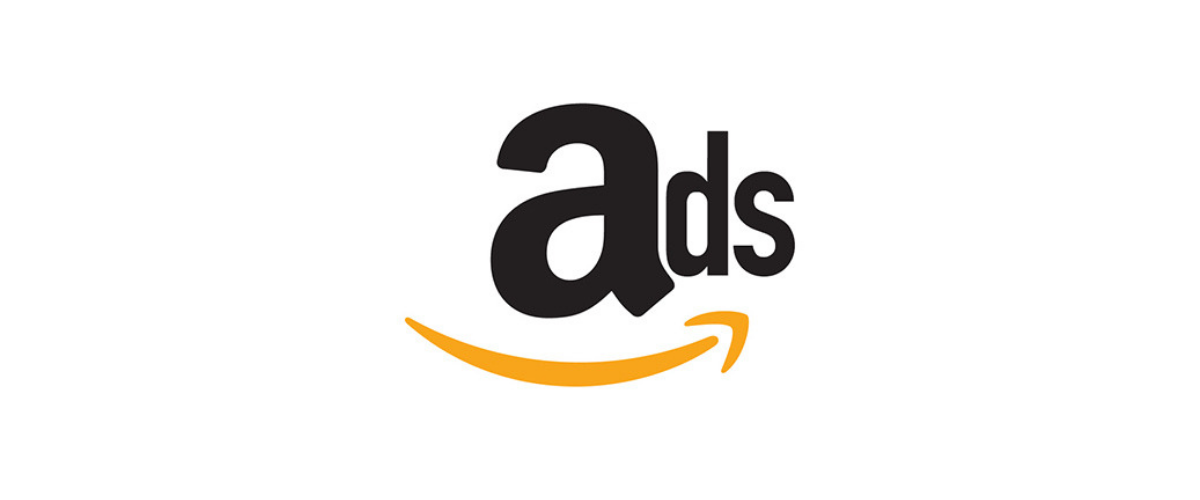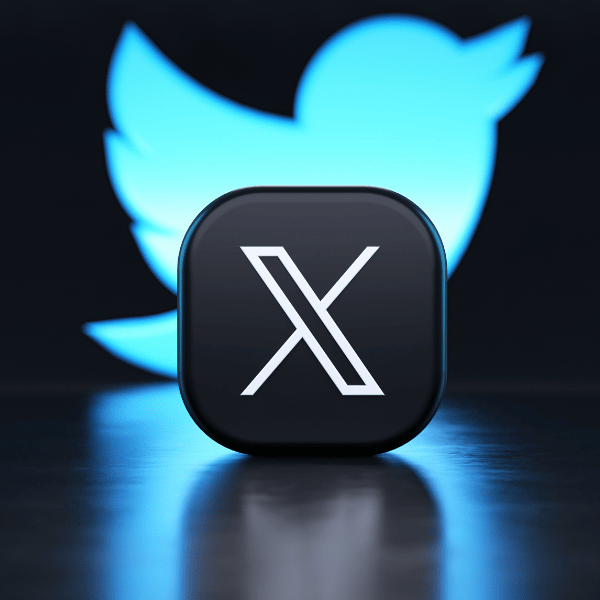what is PPC ( pay- per click ) Marketing
“Pay-per-click” (PPC) is an online advertising model where advertisers pay a fee each time one of their ads is clicked. It’s a way of buying visits to a website rather than earning them organically through methods like search engine optimization (SEO). In PPC advertising, advertisers bid on keywords relevant to their target audience, and their ads are displayed alongside search engine results or on relevant websites when users search for those keywords or visit those sites. When a user clicks on the ad, the advertiser pays the search engine or website owner a predetermined fee, hence the name “pay-per-click.” PPC advertising platforms, such as Google Ads or Bing Ads, provide tools for advertisers to create and manage their campaigns, set budgets, choose keywords, and track performance metrics.
how does pPC work ?
Pay-per-click (PPC) advertising is a digital marketing model where advertisers pay a fee each time their ad is clicked. It’s a highly effective way for businesses to reach their target audience and drive traffic to their websites.
Keyword Selection: Advertisers start by selecting relevant keywords related to their products or services. These keywords determine when and where their ads will be displayed.
Ad Auction: When a user conducts a search query, the search engine runs an ad auction. It evaluates factors such as keyword relevance, bid amounts, and ad quality to determine which ads to display.
Bid Management: Advertisers set bids for each keyword, indicating the maximum amount they’re willing to pay for a click on their ad. Higher bids increase the chances of winning the auction and securing a prominent ad position.
Ad Rank Calculation: The search engine calculates an Ad Rank for each ad based on factors like bid amount, ad quality, and expected click-through rate (CTR). Advertisers with higher Ad Ranks have a better chance of their ads being displayed prominently.
Ad Display: Winning ads are displayed alongside organic search results or on relevant websites within the display network. Ad positioning is determined by bid amount, Ad Rank, and ad format.
User Interaction: When users see an ad and click on it, they’re directed to the advertiser’s website or landing page. Advertisers pay the search engine or website owner a predetermined fee for each click.
Campaign Optimization: Advertisers continuously monitor their PPC campaigns and make adjustments to improve performance. This involves refining keyword selection, optimizing ad copy and landing pages, adjusting bids, and experimenting with targeting options.
Performance Tracking: Advertisers use analytics tools provided by the PPC platform to track performance metrics such as clicks, impressions, CTR, conversions, and ROI. This data helps them measure the effectiveness of their campaigns and make informed decisions about future strategies.
Through these steps, advertisers can effectively utilize PPC advertising to reach their target audience, drive traffic to their websites, and achieve their marketing objectives.
Why PPC is Important ?
Pay-per-click (PPC) advertising holds significant importance in the digital marketing landscape due to several key reasons:
-
Targeted Reach: PPC allows advertisers to precisely target their audience based on factors such as keywords, demographics, location, interests, and even device types. This precision targeting ensures that ads are shown to users who are actively searching for relevant products or services, increasing the likelihood of engagement and conversions.
-
Immediate Results: Unlike organic methods like SEO, which can take time to see results, PPC campaigns can generate immediate traffic to a website or landing page. This makes PPC an effective strategy for quickly increasing visibility, especially for new businesses or those launching new products/services.
-
Measurable ROI: PPC platforms provide detailed analytics and performance metrics, allowing advertisers to track the effectiveness of their campaigns in real-time. Metrics such as clicks, impressions, click-through rates, conversions, and return on investment (ROI) provide valuable insights into campaign performance and help optimize strategies for better results.
-
Budget Control: With PPC advertising, advertisers have full control over their budgets and can set daily or campaign-specific spending limits. This flexibility allows businesses of all sizes to participate in PPC advertising, regardless of their budget constraints. Additionally, the pay-per-click model ensures that advertisers only pay when users interact with their ads, making it a cost-effective advertising option.
-
Flexibility and Customization: PPC platforms offer a wide range of ad formats, targeting options, and customization features to tailor campaigns to specific business goals and audience segments. Advertisers can experiment with different ad creatives, messaging, and targeting parameters to optimize performance and maximize results.
-
Competitive Advantage: In today’s competitive digital landscape, PPC can provide businesses with a competitive edge by ensuring prominent placement in search engine results pages (SERPs) and targeted visibility across relevant websites and platforms. By outbidding competitors for high-value keywords and strategic ad placements, businesses can capture more market share and stay ahead of the competition.
Unlocking PPC Potential: Strategies for Leading Platforms







Unlocking the World of PPC Ads: Diverse Strategies and Formats
1. Search Ads: Search ads are the backbone of PPC marketing, prominently showcased on search engine results pages (SERPs) such as Google, Bing, and Yahoo. These ads strategically position themselves above or below organic search results, featuring attention-grabbing headlines, display URLs, and concise descriptions. Advertisers bid on specific keywords to ensure their ads appear when users initiate relevant searches. Moreover, the inclusion of ad extensions further enhances their effectiveness by providing additional information like contact details, location, or direct links to relevant pages on the advertiser’s website.
2. Display Ads: In the expansive realm of PPC advertising, display ads emerge as visual cues across the vast expanse of the internet. These ads, comprising vivid banners or interactive media, find their canvas on websites within networks like the Google Display Network (GDN). Through a mix of static images, animated GIFs, or rich media elements, they craft captivating stories to engage users. Advertisers leverage targeting parameters to focus on specific demographics, interests, or behaviors, resonating with their intended audience. Display ads not only bolster brand awareness but also drive elaborate retargeting campaigns, ensuring prolonged engagement with potential customers.
3. Shopping Ads: E-commerce entities wield a powerful tool with shopping ads, strategically positioning their products directly within search results. These visually appealing ads showcase product images, prices, and store names, captivating potential buyers with enticing glimpses of offerings. Managed through platforms like Google Merchant Center, shopping ads utilize product feeds for seamless integration of inventory information. For online retailers, these ads serve as a beacon, guiding interested prospects towards conversion with compelling visuals and relevant details.
4. Video Ads: The world of PPC extends into immersive video ads, housed within platforms like YouTube. These dynamic advertisements unveil their stories before, during, or after video content, captivating viewers with engaging visuals and sound. Whether skippable or non-skippable, video ads possess a potent allure, inviting viewers into experiential journeys filled with storytelling and product demonstrations. Advertisers utilize a range of targeting options to ensure ads resonate with the right audience, fostering brand affinity and driving engagement effectively.
5. Social Media Ads: Social media platforms serve as fertile ground for PPC advertising, offering a plethora of formats to engage audiences effectively. From simple image and video ads to interactive carousel and sponsored content, the possibilities are as diverse as the platforms themselves. Advertisers tailor their messages to specific demographics, interests, or behaviors to maximize resonance. Through precise targeting and engaging ad formats, social media ads enhance brand visibility, drive website traffic, generate leads, and foster meaningful connections with audiences across digital landscapes.
